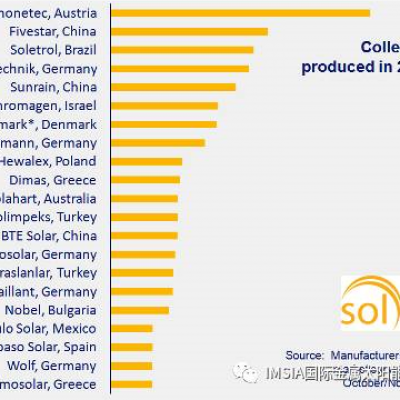
Exploring the New Trends in Photovoltaic Cell Technology
In the ever-evolving world of solar energy, photovoltaic (PV) cell technology continues to push the boundaries of innovation. From rooftops to vast solar farms, these cells are at the heart of harnessing sunlight and converting it into electricity. But what are the latest trends shaping the future of PV cell technology? Let’s delve into some exciting developments that are paving the way for a brighter, more efficient solar future.
1. Tandem Solar Cells
Imagine stacking multiple layers of PV cells to capture different wavelengths of sunlight, like a solar sandwich. That’s the concept behind tandem solar cells. By combining materials with complementary light-absorbing properties, researchers are achieving higher efficiencies than ever before. These multi-junction cells can convert a broader spectrum of sunlight into electricity, maximizing energy generation even under varying light conditions.
2. Perovskite Solar Cells
Perovskite solar cells are the rising stars of the PV world. These cells feature a crystal structure similar to the mineral perovskite and offer several advantages over traditional silicon-based cells. Not only are they cheaper to produce, but they also exhibit excellent light-absorption properties and can be fabricated using low-cost, scalable processes. With continuous improvements in efficiency and stability, perovskite solar cells hold tremendous promise for widespread adoption in the near future.
3. Flexible and Transparent Solar Cells
Gone are the days when solar panels were bulky and rigid. Thanks to advancements in materials science, researchers are developing flexible and transparent PV cells that can be integrated seamlessly into various surfaces, from windows to clothing. These lightweight and versatile cells open up new possibilities for solar energy generation in unconventional settings, such as wearable electronics, portable chargers, and even building-integrated photovoltaics.
4. Quantum Dot Solar Cells
Enter the world of quantum dots, tiny semiconductor particles with extraordinary properties. Quantum dot solar cells leverage these nanomaterials to enhance light absorption and charge separation, leading to higher efficiencies and improved performance. Moreover, quantum dots can be engineered to tune their optical and electronic properties, offering unparalleled control over the behavior of PV cells. As researchers continue to explore the potential of quantum dot technology, the future of solar energy looks increasingly bright.

5. Tandem Perovskite-Silicon Solar Cells
Combining the best of both worlds, tandem perovskite-silicon solar cells aim to achieve the highest efficiencies yet. By integrating perovskite and silicon cells into a single device, researchers seek to optimize light absorption across different wavelengths while capitalizing on the well-established manufacturing infrastructure of silicon technology. This hybrid approach holds immense promise for commercialization, offering a pathway towards cost-effective, high-efficiency solar panels.
6. Bifacial Solar Panels
Traditionally, solar panels only capture sunlight from one side. However, bifacial solar panels are changing the game by harnessing light from both the front and back surfaces. By placing these panels in strategic locations, such as over reflective surfaces or on elevated structures, bifacial technology can significantly increase energy output. Moreover, advances in tracking systems and modeling tools enable precise optimization of panel orientation for maximum performance, further enhancing the efficiency of bifacial solar installations.
Conclusion
In conclusion, the landscape of photovoltaic cell technology is evolving at a rapid pace, driven by innovation and ingenuity. From tandem solar cells to perovskite and quantum dot technologies, researchers are exploring new frontiers to enhance the efficiency, affordability, and versatility of solar energy. As these advancements continue to mature and scale, we can look forward to a future where solar power plays an increasingly prominent role in meeting our energy needs sustainably and efficiently.




